#Pagan Poland
Text
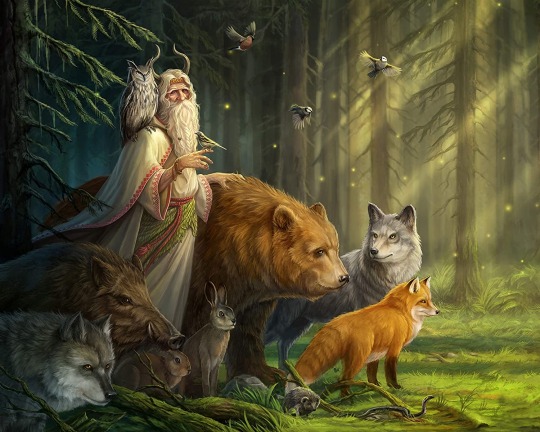
Weles / Veles
13 notes
·
View notes
Text

#pagan poland#slavic#pogaństwo#polish gods#slavic gods#słowianie#słowiaństwo#bogowie słowian#polscy bogowie#słowiańscy bogowie
3 notes
·
View notes
Text

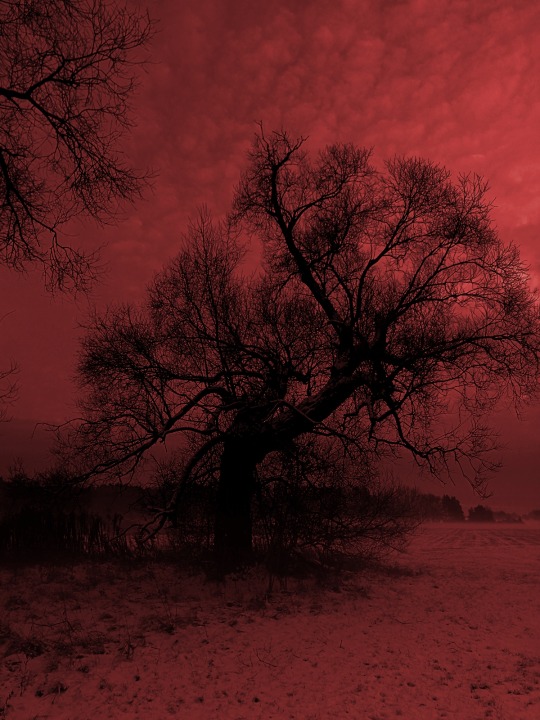
Throne of the lunar soul
#my photography#my photo#photography#nature#dark#trees#occult#magic#pagan#snow#winter#cold#black and white photography#black and white#red#slavic#nordic#poland#polska#europe#landscape#mood#atmosphere#atmospheric black metal#black metal#folk
712 notes
·
View notes
Photo
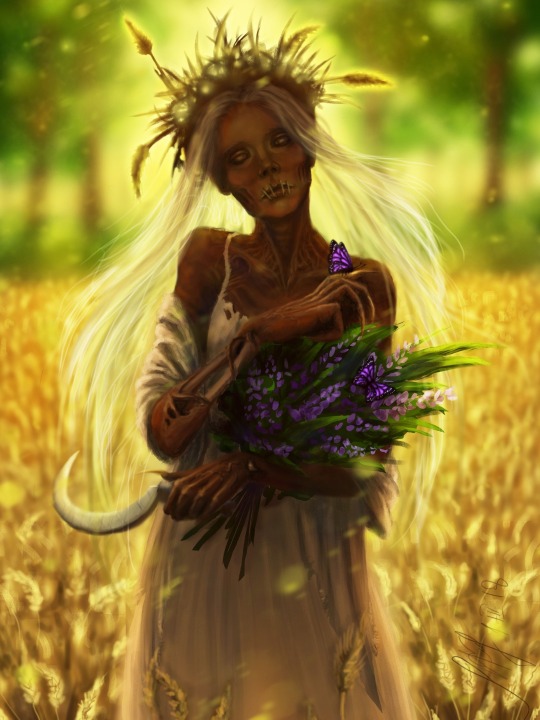


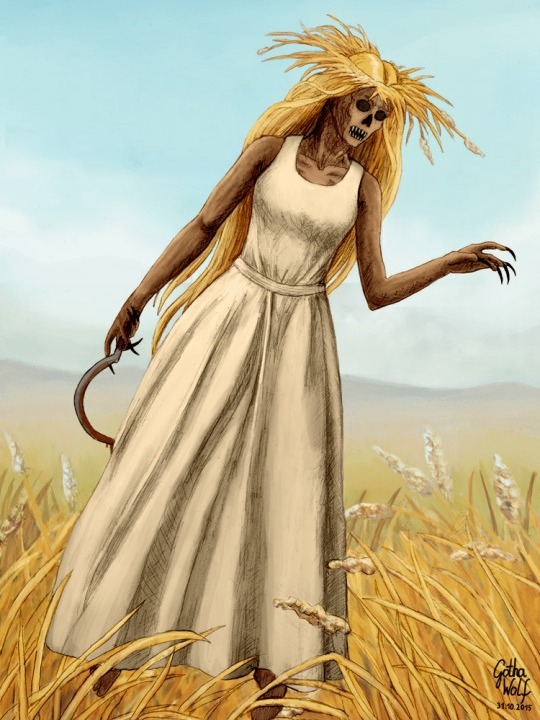
POLUDNITSA (LADY MIDDAY)
🌾 Poludnitsa (from: Polden or Poluden, 'half-day' or 'midday') is a mythical character common to the various Slavic countries of Eastern Europe. She is referred to as Południca in Polish, Полудница (Poludnitsa) in Serbian, Bulgarian and Russian, Polednice in Czech, Poludnica in Slovak, Připołdnica in Upper Sorbian, and Полознича (Poloznicha) in Komi, Chirtel Ma in Yiddish.
🌾 She is a noon demon in Slavic mythology. She can be referred to in English as "Lady Midday", "Noonwraith" or "Noon Witch". She was usually pictured as a young woman dressed in white that roamed field bounds. She assailed folk working at noon causing heatstrokes and aches in the neck, sometimes she even caused madness.
🌾 In some accounts, she symbolizes the midday star, thereby being the sister of Zarya-Zarenitsa (the morning star; also called Utrenica), Vechorka (the evening star; also called Wieczornica/Vechernitsa) and Kupalnitsa (the night star; also called Nocnica/Nochnitsa); Poludnitsa is the second youngest among the sisters, with Zarya-Zarenitsa being the youngest and Kupalnitsa being the oldest.
🌾 Poludnitsa, who makes herself evident in the middle of hot summer days, takes the form of whirling dust clouds and carries a scythe, sickle or shears; most likely the shears would be of an older style, not akin to modern scissors. She will stop people in the field to ask them difficult questions or engage them in conversation. If anyone fails to answer a question or tries to change the subject, she will cut off their head or strike them with illness. She may appear as an old hag, a beautiful woman, or a 12-year-old girl, and she was useful in scaring children away from valuable crops. She is only seen on the hottest part of the day and is a personification of a sun-stroke.
🌾 Poludnitsa, according to beliefs, loves to dance. If she sees a girl lying down to rest in the field, she will wake her up and begin to persuade her to dance. If the girl agrees, she will be forced to dance until the “evening dawn“. Poludnitsa cannot be beaten in dancing; however, if such a girl is found, the noon spirit will present her with a rich dowry.
#Poludnitsa#Lady Midday#slavic culture#slavic#slavs#slavic folklore#pagan#poland#russia#serbia#bulgaria#czechia#czech republic#slovakia#slavic mythology#posted by me#🔮
618 notes
·
View notes
Text

28 notes
·
View notes
Text
Ngl it’s kinda funny to see hetalian discourse about Poland, Lithuania and christianity, because it’s somehow always like this - Poland christianizes, everyone is happy and cool with that and IMMEDIATELY BECOME EXTREMELY RELIGIOUS and then this poor lithuanian pagan boy straight from the woods is forced to go to church ;<
33 notes
·
View notes
Text
Foundation offerings
A foundation offering is a magic practice known since antiquity, performed during the the construction of new residential buildings, but also the of sacred or defensive buildings, roads and bridges. The foundation offering (pl. zakładzina) should ensure the well-being of the users and residents of the building and strengthen the building’s durability by giving it the life of a living being.
In his monograph about archaeological excavations in Opole (Poland), Hołubowicz writes that a textual account known as Rudolf’s Catalogue of Magic mentions the practice of foundation offerings in medieval Silesia. He also interprets the bowls found under foundations of houses or inside them as possible sacrifices or foundation offerings for households spirits. Also pisanki – traditionally painted or decorated eggs were found there – they were made from chicken eggshells as well as of limestone and “of size and form corresponding to chicken eggs”. The most expensive and splendid ones were made of clay and ornamented with colourful toppings. Hołubowicz adds that eggs and crushed eggshells were found at Ostrówek in Opole within houses and also in the eastern corners of houses.
Foundation offerings of horses were placed under corners of houses of Slavs and Balts. Findings from Novgorod (10th–14th century), Opole (12th century) and Szczecin seem to confirm this. According to Szafrański, sacrifices of this type were also placed under ramparts, for example in Biskupin (8th–9th century), Gdańsk (12th century), Santok (12th–13th century). Those rites were supported by many folk beliefs about apotropaic qualities of the horse and they can be observed in Christmas mock rituals, costumes and requisites of mummers. The findings of horse skulls are also known from Kalisz, Wolin, Gniezno and Czeladź Wielka.
- Sacrifices among the Slavs: Between Archeological Evidence and 19th Century Folklore by Izabella Wenska
111 notes
·
View notes
Text

Józef Mehoffer (Polish, 1869-1946) • Zinnias • 1911 • National Museum, Warsaw, Poland

Detail
#art#painting#fine art#art history#józef mehoffer#young poland movement#polish artist#post impressionism#art semi-nude#painter#art blog#pagan sphinx art blog#art appreciation#art lover#artist#flower painting
27 notes
·
View notes
Text

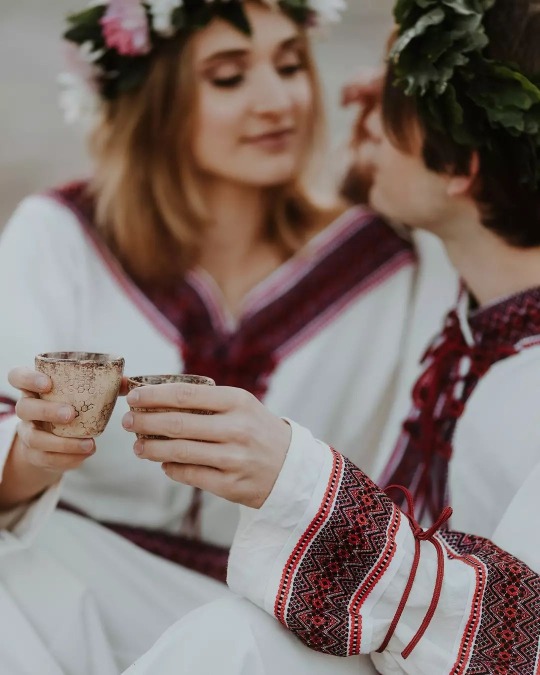

Slavic Wedding photoshoot, Poland
#west slavic#slavic#poland#slavic wedding#polska#slavic culture#slavcore#polishcore#polish culture#pagan#paganism#slaviccore#polandcore#slavic paganism#paganblr#slavic folklore#flower crown#slavs#slav#slavic stuff#wedding
364 notes
·
View notes
Text

Wawel castle & hill, Kraków, Poland
#slavic#poland#art#polish#slavic folklore#folklore#polska#architecture#slavic paganism#photography#wawel#krakow#kraków#cracow#małopolskie#lesser poland#slavic art#castle
28 notes
·
View notes
Text
Weles talking about himself isn’t Ai just lovely
#mine#weles#veles#polish slavic god#pagan polish gods#european gods#polish gods#slavic gods#pagan poland#wicca#wiccan#witch
5 notes
·
View notes
Text

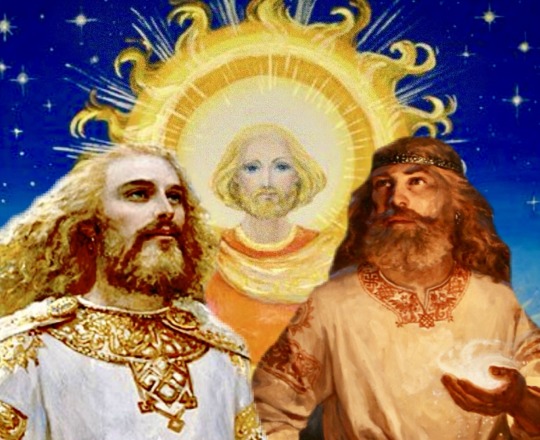
In honor of the eclipse , here are three Slavic gods
Swaróg, Swarożyc and Dadźbóg
Swaróg - God of day, sky and sun
Swarożyc - God of sun, fire and hearth.
Dadźbóg - God of sun, fire, warmth, light and weather.
#pagan poland#polish gods#slavic#slavic gods#bogowie słowian#polscy bogowie#słowiańscy bogowie#pogaństwo#słowianie#słowiaństwo#dadźbóg#swarożyc#swaróg#eclipse#solar eclipse#pagan gods#solar eclipse 2024
4 notes
·
View notes
Photo
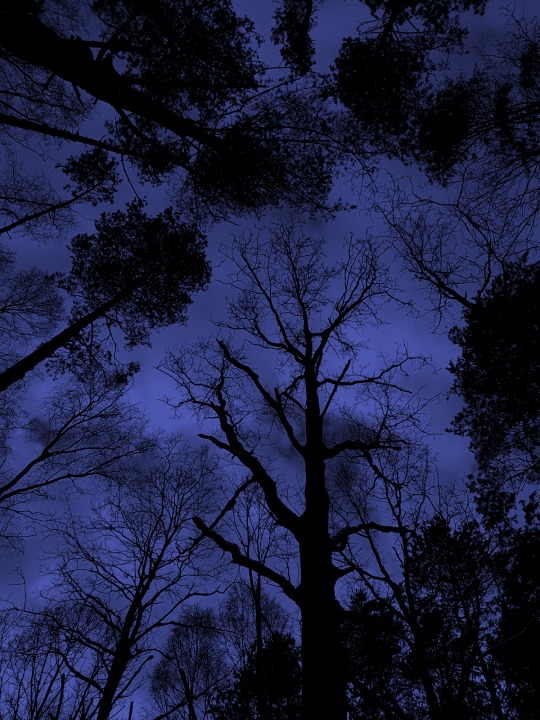

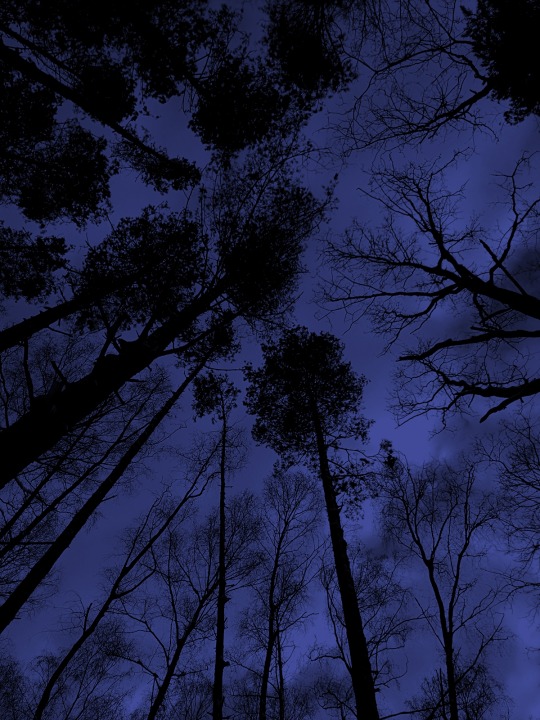
#my photography#my photo#nature#dark nature#forest#dark forest#trees#sky#mood#atmosphere#atmospheric black metal#black metal#doom metal#pagan#nordic#slavic#magic#polska#poland#europe#landscape#black and white
9K notes
·
View notes
Photo


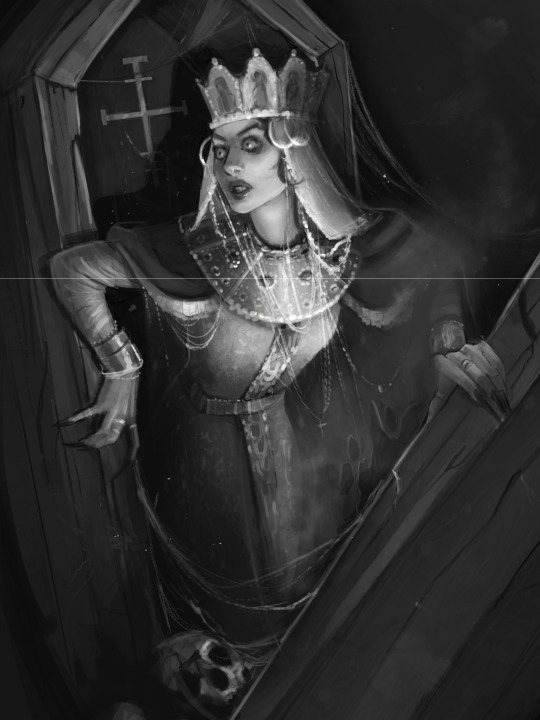

SLAVIC VAMPIRES
• modern Polish — upiór, upir, wąpierz, wupi
• Czech and Slovak — upír
• Ukrainian — упир (upyr)
• Russian — упырь (upyr')
• Belarusian — упыр (upyr)
• Old East Slavic — упирь (upir')
A demonic being from Slavic folklore, a prototype of the vampire.
🦇 The term upiór was introduced to the English-language culture as a "vampyre", mentioned by Lord Byron in “The Giaour“ in 1813, described by John William Polidori in "The Vampyre" in 1819, and popularised by Bram Stoker's “Dracula”. With the development of mass culture, he returned as a "vampire" recognizable in literature and film.
🦇 Slavic belief indicates a stark distinction between soul and body. The soul is not considered to be perishable. The Slavs believed that upon death the soul would go out of the body and wander about its neighbourhood and workplace for 40 days before moving on to an eternal afterlife. Thus pagan Slavs considered it necessary to leave a window or door open in the house for the soul to pass through at its leisure. During this time the soul was believed to have the capability of re-entering the corpse of the deceased. Much like the spirits mentioned earlier, the passing soul could either bless or wreak havoc on its family and neighbours during its 40 days of passing. Upon an individual's death, much stress was placed on proper burial rites to ensure the soul's purity and peace as it separated from the body. The death of an unbaptized child, a violent or an untimely death, or the death of a grievous sinner (such as a sorcerer or murderer) were all grounds for a soul to become unclean after death. A soul could also be made unclean if its body were not given a proper burial. Alternatively, a body not given a proper burial could be susceptible to possession by other unclean souls and spirits. Slavs feared unclean souls because of their potential for taking vengeance.
🦇 From these deep beliefs pertaining to death and the soul derives the invention of the Slavic concept of Ubır. A vampire is the manifestation of an unclean spirit possessing a decomposing body. This undead creature needs the blood of the living to sustain its body's existence and is considered to be vengeful and jealous towards the living. Although this concept of vampire exists in slightly different forms throughout Slavic countries and some of their non-Slavic neighbours, it is possible to trace the development of vampire belief to Slavic spiritualism preceding Christianity in Slavic regions.
🦇 An upiór was a person cursed before death, a person who died suddenly, or someone whose corpse was desecrated. Other origins included a dead person over whom an animal jumped, suicide victims, witches, unchristened children, and those who were killed by another upiór.
🦇 Slavic vampires were able to appear as butterflies, echoing an earlier belief of the butterfly symbolizing a departed soul. Some traditions spoke of "living vampires" or "people with two souls", a kind of witch capable of leaving its body and engaging in harmful and vampiric activity while sleeping.
#Vampires#Upiór#slavic culture#slavic folklore#slavic mythology#slavic#slavs#pagan#poland#czechia#czech republic#slovakia#ukraine#russia#belarus#posted by me#🔮
263 notes
·
View notes
Photo



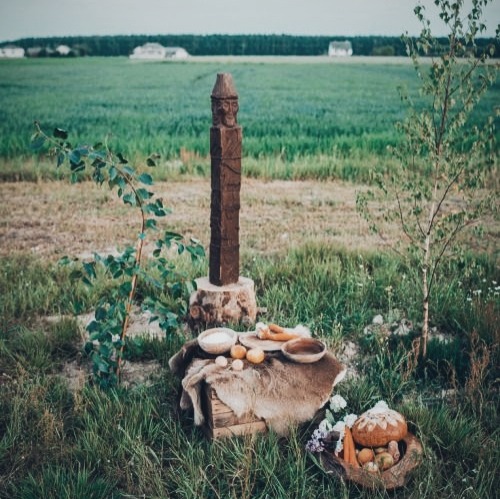




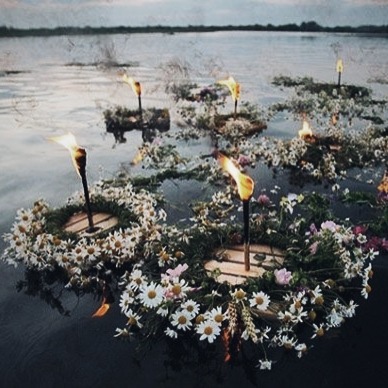
moodboard: Slavic native faith (Rodnovery)
Rodzimowierstwo słowiańskie
#rodzimowierstwo słowiańskie#slavic native faith#rodnovery#slavic neopaganism#neopogaństwo słowiańskie#poland#polish#polska#belarus#ukraine#the big country we don't talk about#slavic moodboard#moodboard#religion moodboard#paganism#pagan#pagan moodboard#slavic aesthetic#slavic#ukraina#białoruś#słowianie#słowiańskość#kupalnocka#noc kupały#kupala night#flowers#nature#neopaganism#mine
89 notes
·
View notes
Text
Behemoth - Day Of Suffering
#Tyrants from the Abyss: A Tribute to Morbid Angel#Behemoth#Day Of Suffering#Format:#CD#Compilation#Released:#2002#Death Metal#Black/Death Metal#Themes:#Paganism (early); Satanism#Blasphemy#Thelema#History#Poland
16 notes
·
View notes